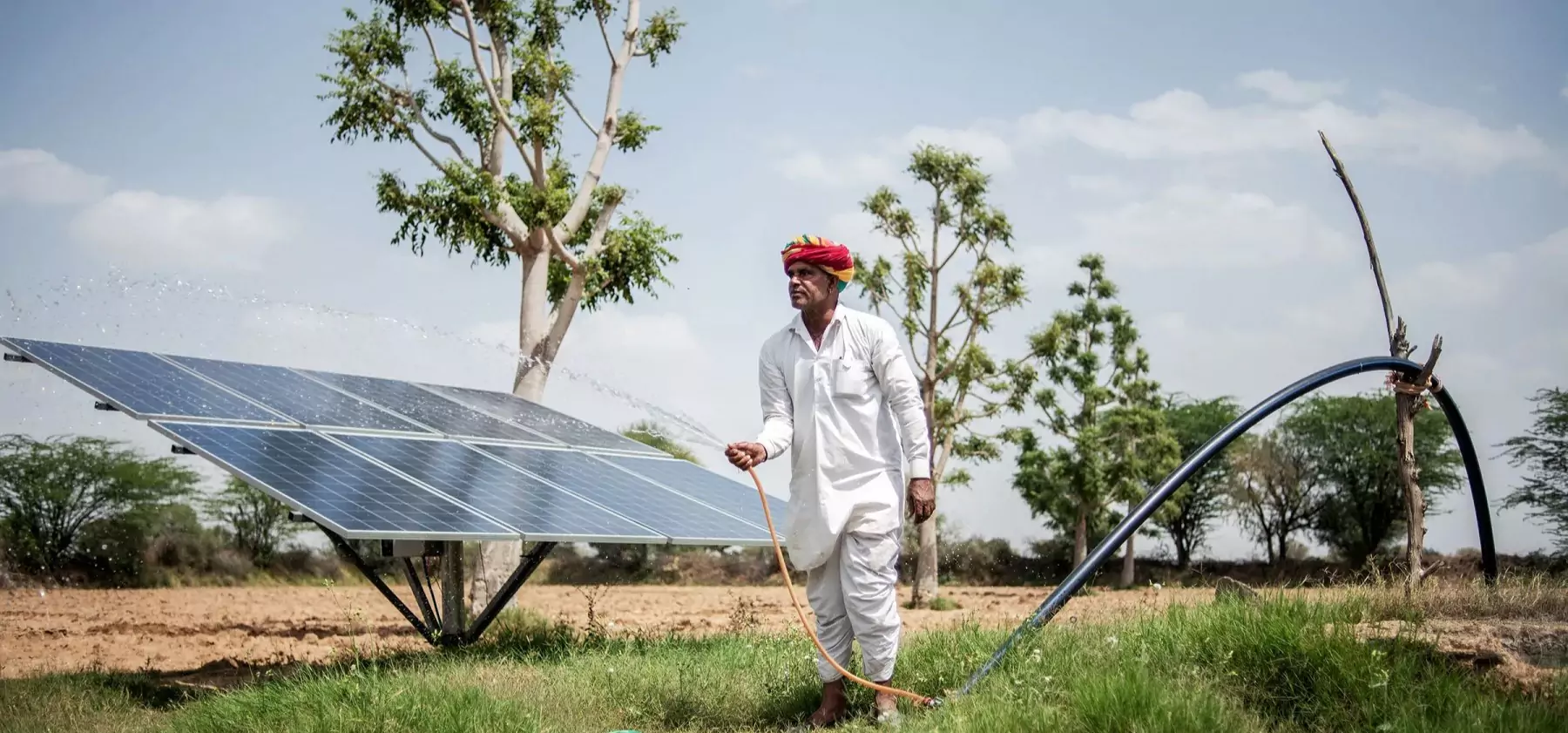
The Ultimate Guide to Solar Panel Installation in India: Benefits, Process, and Everything You Need to Know
As India steps into a sustainable future, the adoption of solar energy is rapidly gaining momentum. With abundant sunshine year-round, solar power offers an ideal solution to the growing demand for clean and affordable electricity. Whether you’re a homeowner, a business owner, or a farmer, installing solar panels is a smart investment. In this comprehensive guide, we explore every aspect of solar panel installation, especially tailored for the Indian audience.
Table of Contents
Introduction to Solar Panel Installation
Why Go Solar in India?
Types of Solar Panels
Understanding Solar Panel Components
The Solar Installation Process: Step-by-Step
Site Assessment and Feasibility
System Design and Capacity Planning
Government Subsidies and Policies
Net Metering in India
Cost of Solar Panel Installation in India
Maintenance and Warranty
Challenges and Solutions
Choosing the Right Solar Installer
Aksharam Solar Energy: Trusted Installation Partner
Customer Testimonials
Solar Myths Busted
Future of Solar in India
Conclusion
1. Introduction to Solar Panel Installation
Solar panel installation involves setting up photovoltaic (PV) systems to convert sunlight into electricity. It includes choosing the right type of panel, inverter, mounting structure, wiring, and connection to the grid or battery.
2. Why Go Solar in India?
India enjoys 300+ sunny days a year, making it one of the best countries for solar energy. Key benefits include:
Reduction in electricity bills
Environment-friendly power
Government subsidies
Energy independence
Increase in property value
3. Types of Solar Panels
There are mainly three types of solar panels used in India:
Monocrystalline Panels: High efficiency, space-saving
Polycrystalline Panels: Affordable, good performance
Thin Film Panels: Lightweight, less efficient but flexible applications
Each type serves different needs based on budget, space, and energy demand.
4. Understanding Solar Panel Components
Solar systems consist of:
Solar Panels: Capture sunlight and convert it to DC electricity
Inverter: Converts DC to AC for home/business use
Mounting Structure: Holds panels at optimal angles
Battery (optional): Stores excess energy
Wiring and Connectors: Ensures safe energy flow
5. The Solar Installation Process: Step-by-Step
Site Visit
Load Assessment
System Design
Quotation and Approval
Subsidy Application (if applicable)
Installation
Testing and Commissioning
Net Metering Setup
6. Site Assessment and Feasibility
A professional visits your location to assess:
Roof/land space
Sunlight exposure
Shading
Load requirements
Structure strength
This helps determine system size and feasibility.
7. System Design and Capacity Planning
Based on your electricity consumption (in kWh), the installer designs a system: Formula: Required kW = Monthly Units / Average Sunlight Hours
Example: If your monthly usage is 300 kWh, and average sunlight = 5 hrs: System size = 300/5 = 3kW
8. Government Subsidies and Policies
The Government of India offers subsidies under MNRE schemes:
20-40% subsidy on residential rooftop systems
PM-KUSUM scheme for farmers
State-specific benefits (e.g., Gujarat, Maharashtra, Rajasthan)
Check eligibility through your installer or DISCOM.
9. Net Metering in India
Net metering allows excess electricity to be sent back to the grid:
Your meter runs backward
Earn credit on your bill
Helps balance generation and consumption
10. Cost of Solar Panel Installation in India
On average:
1kW system: ₹45,000 – ₹60,000 (without subsidy)
3kW system: ₹1.2 – ₹1.8 lakh
5kW system: ₹2 – ₹3 lakh
Prices vary by:
Panel quality
Installation site
Inverter type
Battery inclusion
11. Maintenance and Warranty
Maintenance is minimal. Basic tips:
Clean panels monthly
Ensure no shadows fall
Check inverter status
Most systems come with:
25 years panel warranty
5-10 years inverter warranty
12. Challenges and Solutions
Challenge: Shading, dust, high upfront cost Solution: Regular cleaning, choosing high-efficiency panels, and availing subsidies/loans
Challenge: Poor-quality installers Solution: Choose certified and experienced companies
13. Choosing the Right Solar Installer
Checklist:
MNRE-approved
Experienced with residential/commercial/agricultural projects
Provides warranty and support
Uses branded equipment
Transparent pricing
14. Aksharam Solar Energy: Trusted Installation Partner
With a mission to empower India with sustainable energy, Aksharam Solar Energy offers:
Customized rooftop and ground-mounted solutions
Expertise across sectors
Transparent process
End-to-end execution
Long-term support
Our vision: “To become a leading force in India’s transition to clean energy by delivering innovative and reliable solar solutions.”
Our values:
Sustainability
Quality
Integrity
Innovation
Customer-centricity
Empowerment
15. Customer Testimonials
“Our electricity bill dropped by 80%! Installation was quick and professional. Highly recommend Aksharam Solar.”
“The best investment we made for our home and the environment. Great service and reliable performance.”
16. Solar Myths Busted
Myth: Solar doesn’t work on cloudy days Fact: It does, though at lower efficiency
Myth: Maintenance is expensive Fact: It’s minimal
Myth: Solar is only for rich people Fact: It’s affordable with subsidies and loans
17. Future of Solar in India
India aims for 280 GW solar capacity by 2030
Government support is growing
Technology is improving
Prices are falling
Solar energy will soon be the primary source of electricity for Indian households and businesses.
18. Conclusion
Solar panel installation is not just an investment — it’s a contribution to a better future. From cost savings and energy independence to environmental benefits, going solar is a smart move.
Choosing the right installer makes all the difference. With Aksharam Solar Energy, you get:
Professional guidance
Affordable pricing
Premium equipment
Dedicated after-sales service
Take the step today and join India’s solar revolution.
Keywords: solar panel installation India, rooftop solar systems, cost of solar in India, net metering, solar panel installer, best solar company India, Aksharam Solar Energy, MNRE subsidy, solar power benefits, clean energy India, home solar panels
Contact Us
